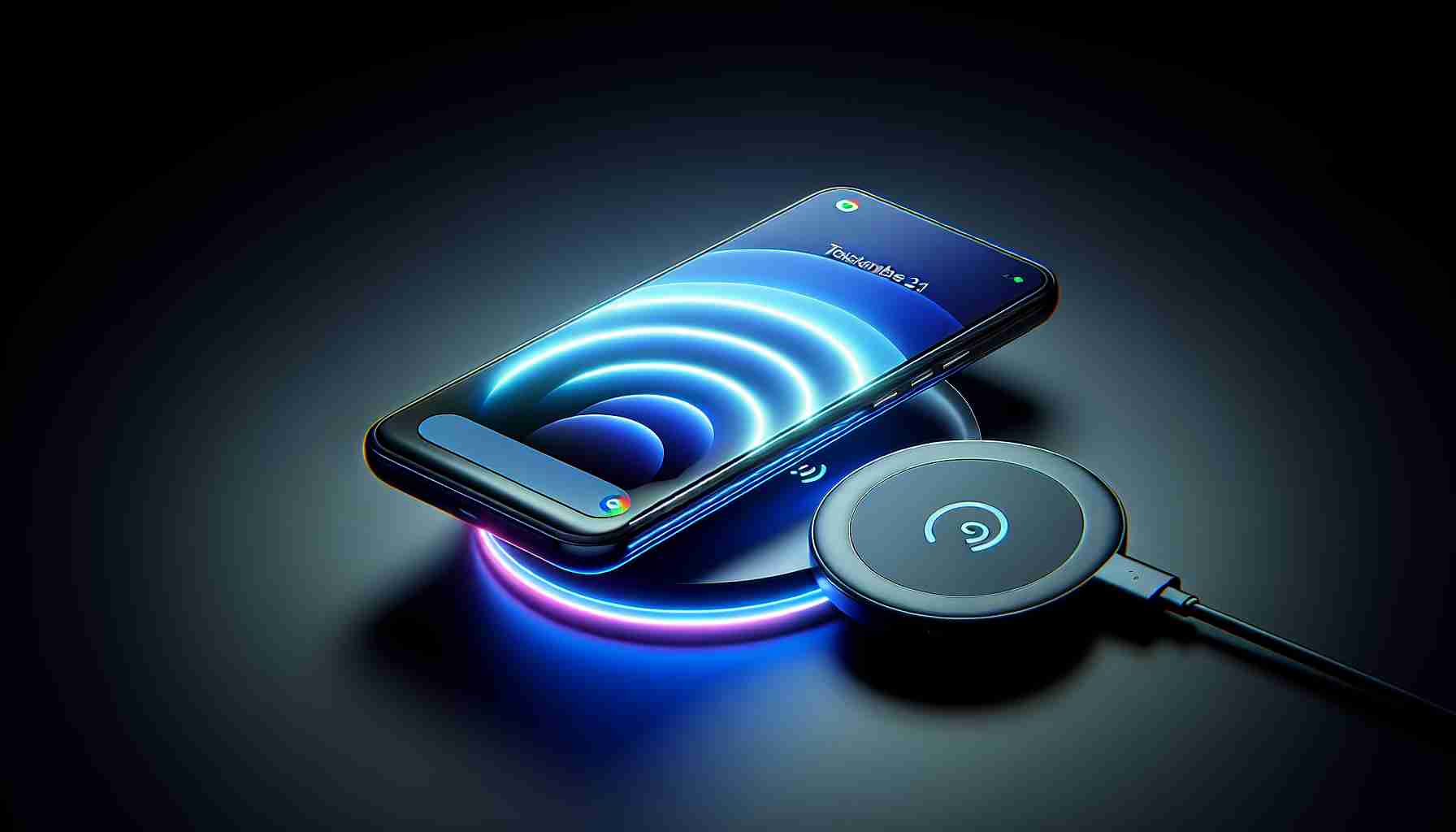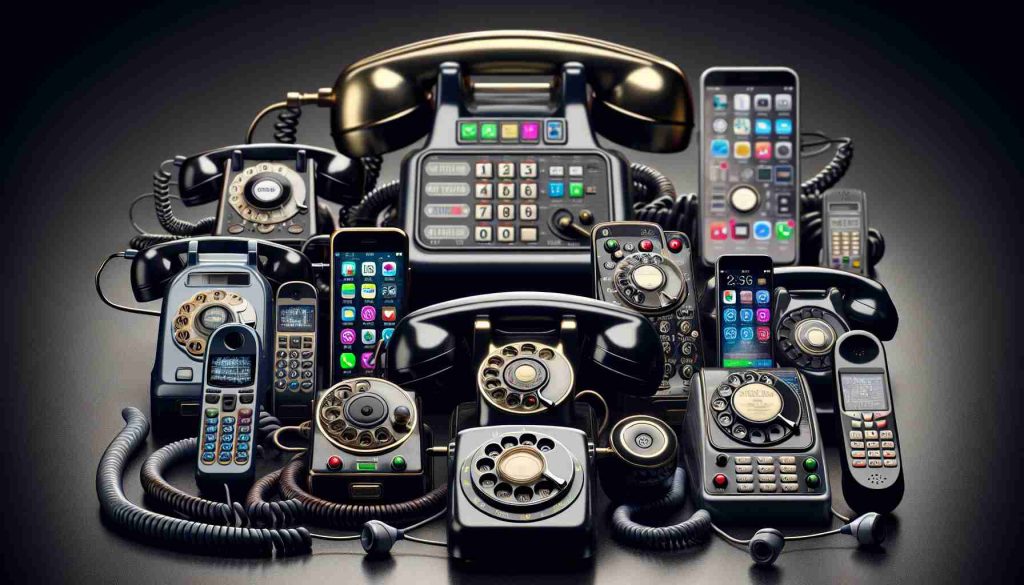Google’s latest Pixel 9 series smartphones have opted out of supporting the new Qi2 wireless charging standard, diverging from market expectations.
Despite speculation that the Pixel 9 lineup would adopt the Qi2 standard, it has been revealed that only the HMD Skyline phone from the Android camp currently offers such compatibility. Google’s decision not to incorporate Qi2 support in the Pixel 9 series was attributed by a Google spokesperson to the ease of sourcing Qi1 components from the supply chain, suggesting that the transition to Qi2 would not yield significant practical benefits.
While existing Google Pixel 9 models can achieve a wireless charging power of 23W using the Pixel Stand, their charging speed is limited to 12W on Qi-compatible charging pads. In contrast, the Qi2 standard allows for a maximum of 15W wireless charging and introduces features like magnetic attachment similar to Apple’s MagSafe technology.
This departure from the Qi2 standard by Google underscores the company’s strategic approach to prioritizing component availability and perceived user benefits, despite the industry trend towards adopting more advanced wireless charging technologies.
New Qi2 Wireless Charging Standard: What Google Pixel 9 Series Misses Out On
Google’s decision to exclude support for the latest Qi2 wireless charging standard in its Pixel 9 series has left many tech enthusiasts wondering about the implications. While the previous article highlighted Google’s rationale for sticking with Qi1 compatibility, there are additional aspects to consider in this evolving landscape of wireless charging technology.
Key Questions:
1. Why did Google choose to overlook the Qi2 standard for its flagship Pixel 9 devices?
2. What advantages does the Qi2 standard offer over its predecessor, Qi1?
3. How might Google’s decision impact consumer choice and industry trends in wireless charging technology?
Answers:
1. Google’s decision not to embrace the Qi2 standard is primarily driven by the ease of accessing Qi1 components, which reduces production complexity and potentially lowers costs. The company may have weighed the minimal benefits of Qi2 against these practical considerations.
2. The Qi2 standard, with its support for up to 15W wireless charging and features like magnetic attachment, presents advancements in speed and convenience compared to Qi1. These enhancements can offer users faster charging speeds and improved ease of use, aligning more closely with modern expectations for wireless charging technology.
3. By deviating from the Qi2 standard, Google risks falling behind competitors who have embraced the latest wireless charging technologies. This move could influence consumer perceptions of Pixel 9 devices and contribute to discussions about the company’s strategic priorities in the realm of smartphone features.
Advantages and Disadvantages:
Embracing the Qi2 standard could have provided Google Pixel 9 series with a competitive edge in the market by offering users faster and more convenient wireless charging options. However, by sticking with Qi1 compatibility, Google maintains consistency in its supply chain and production processes while potentially missing out on the allure of cutting-edge technology.
In conclusion, Google’s choice regarding the Qi2 standard reflects a balance between practical considerations and technological advancements, shaping the competitive landscape for wireless charging in the smartphone industry.
Suggested Related Links: Android, Wireless Power Consortium























